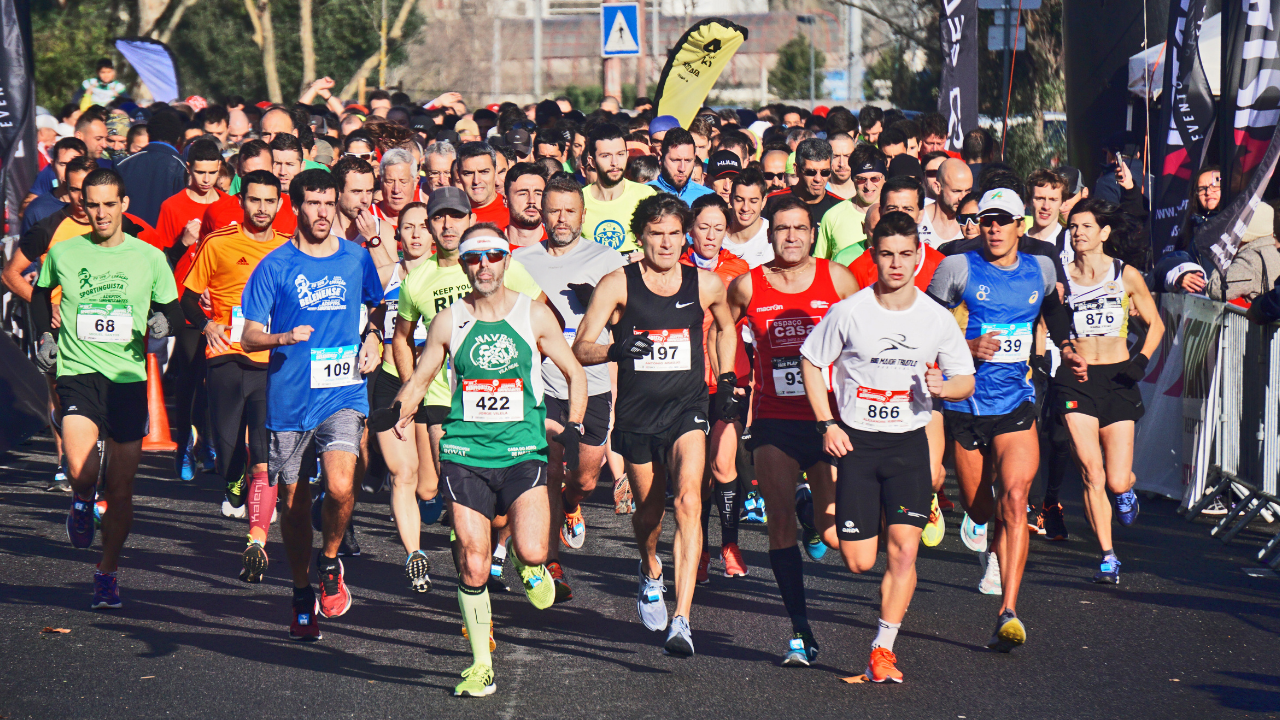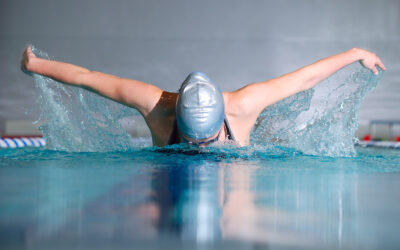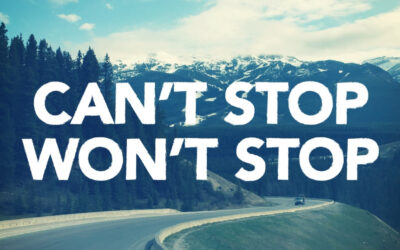1. Embrace Your Competitor
When I read about this strategy in Running Within by Jerry Lynch and Warren Scott I was intrigued. I had always seen the other women in my races as rivals to be beaten and crushed, not embraced! Lynch and Scott describe how anger is a counterproductive emotion for optimal performance, creating excess stress and tension in the body. Relaxed muscles move with less strain and effort.
The Latin origin of the word compete is to seek together. “By competing with one another, we help one another seek together to do our individual best, to push us to greater heights that we might be able to achieve on our own.” How true! If the other women hadn’t been there to push me I would lack the motivation to endure such suffering and would never know my limits and capabilities.
Everyone is rooting for you to succeed, even your opponents! Shift your mind to appreciate your competitor. Try these affirmations from Running Within, or one of your own, the next time you starting feeling anxious or intimidated.
- I embrace my opponent as an opportunity for me to perform well.
- Working together, we achieve so much more.
- My opponent is a gift who pushes me to greater heights.
2. Reinterpret Your Body’s Signals
The following are commonly experienced before a crucial event.
- Stomach butterflies
- Repeated restroom breaks
- Lightheadedness
- Rapid heart rate
- Sweating
All of these signals are normal, happening in response to activation of the sympathetic nervous system. Your body is preparing to “fight” or for “flight.” The problem lies in the meaning and emotion we attach to these body signs. How do you interpret these physiological changes?
- Fear that you are not prepared?
- Worry that something will go wrong?
- Dread of the task to be performed?
- Apprehension about what other people will think?
- Doubt that you can do what needs to be done?
Could you change your perspective on this signals, and instead translate them into supportive and optimistic beliefs?
- My body is revving up with excitement for the start of the event!
- These physiological changes mean I am ready for what lies ahead!
- The final preparations are underway, I am confident in my abilities and can’t wait to shine!
3. Develop Calming Rituals
“Research suggests that as little as 5 percent of our behaviors are self-directed. We are creatures of habit and as much as 95 percent of what we do occurs automatically or in reaction to a demand or to an anxiety.”
(The Power of Full Engagement 2003)
We follow a training plan to prepare physically for athletic events. Why then, don’t we implement strategies for controlling our minds leading up to these events where anxiety is high and habits are of utmost importance? When under pressure our automatic responses kick in so we need to have positive responses wired long before the big day.
A ritual is what you do, and how you do it, everyday. Rituals should be added gradually starting with small, easy steps. Accumulating several calming rituals daily will help your overall anxiety level, creating a reserve for stressful times.
Think about how you can add calming rituals to your repeated behaviors such as . . .
- Exercise: Do you follow a pattern when you get ready to workout from changing your clothes, to gathering your equipment and heading out the door? I like to take a few minutes to stretch and breathe as I set my goals for the workout.
- Sleep: Do you take time to calm your body and mind before slipping under the covers? Reading in bed helps me relax.
- Meals: Where, when, what and with whom do you eat? Except for dinner I tend to eat alone at my desk or while running around doing something else. A ritual I need to change!
Once you have daily calming rituals established begin making changes in your pre-event routine. Practice on lower priority events until you find what works best for you.



